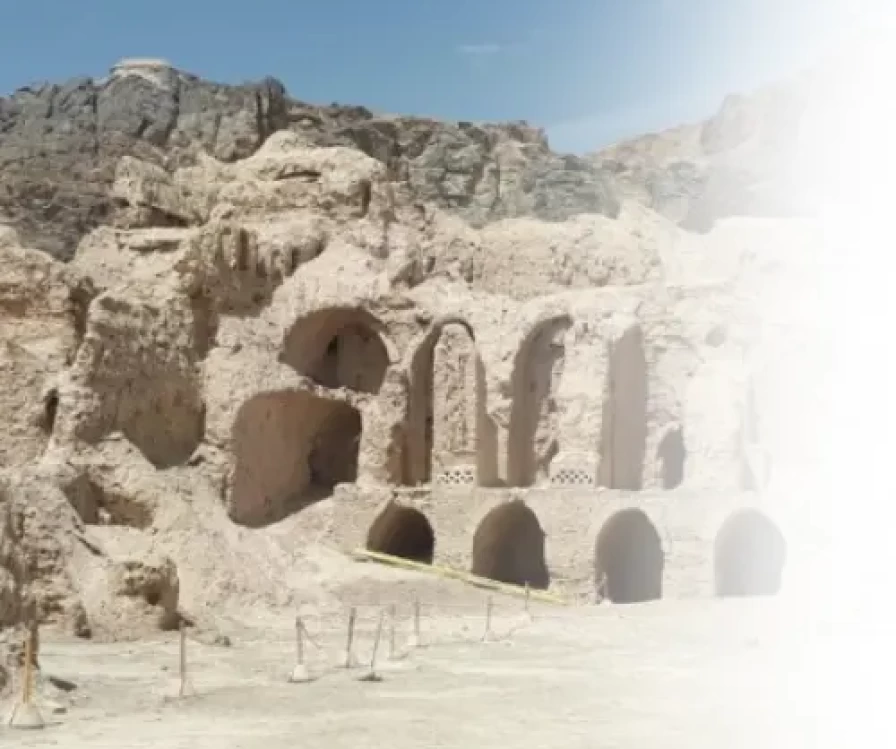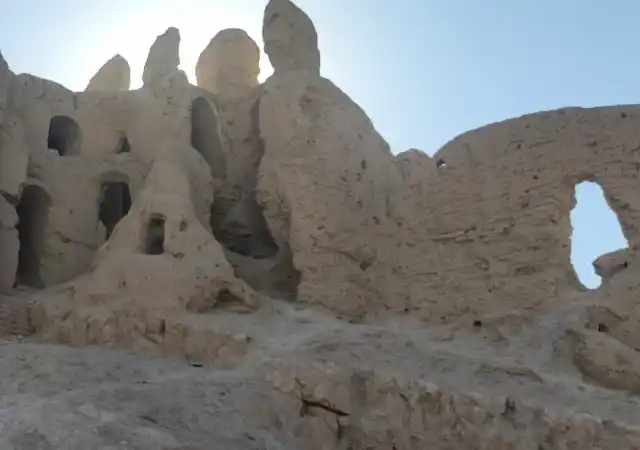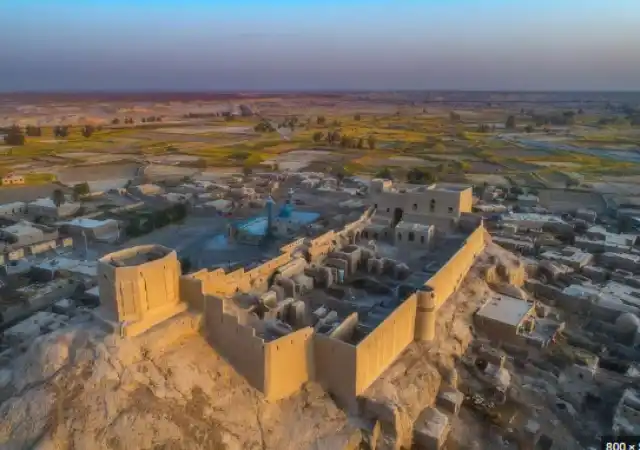
Chehel Dokhtaran Ghale





Chehel Dokhtaran Castle
The Chehel Dokhtaran Castle in Sistan dates back to the Sassanid era and is located in the Koh Khwaja district of Hamun County, specifically in the village of Koh Khwaja. It was registered as a national heritage site in Iran in 2005. This castle sits atop the Zolfaghar valley, which is also known as the Burnt City.
The structure is built on a rocky platform, with the stones held together by clay. To keep an eye on the stability of the building, several rows of openings were made on the platform. About 30 meters from the summit, you can find the remains of a few stone huts and an area.
Locals have been passing down a legend for centuries. They believe that long ago, 40 virgin girls lived happily in this castle, their laughter and joy echoing throughout Sistan and Baluchestan. But then, a wicked sorcerer, envious of their happiness, cast a spell that led to their demise. As a result, the land was cursed, and all of Sistan fell into anger, famine, and drought. The sorcerer died in the desert, which is said to have caused a flood of sand and the movement of dunes. Of course, there are other theories too. The term "Chehel Dokhtaran Castle " or “ Ghale Chehel Dokhtaran “ signifies abundance and is used in many contexts. Today, titles like " Chahardokht " " Chahol Bid," " Chahol Morgh," and others indicate a sense of plurality. Just as a girl symbolizes purity and virginity in Iranian culture, many ancient fortresses and military bases have been named after girls to signify their untouched nature and resilience against invasion. In many parts of Iran, the name " Castle of the Girl " is common, indicating that the fortress or base has never been attacked or occupied.
Contact Us
+989054577261